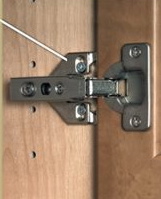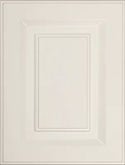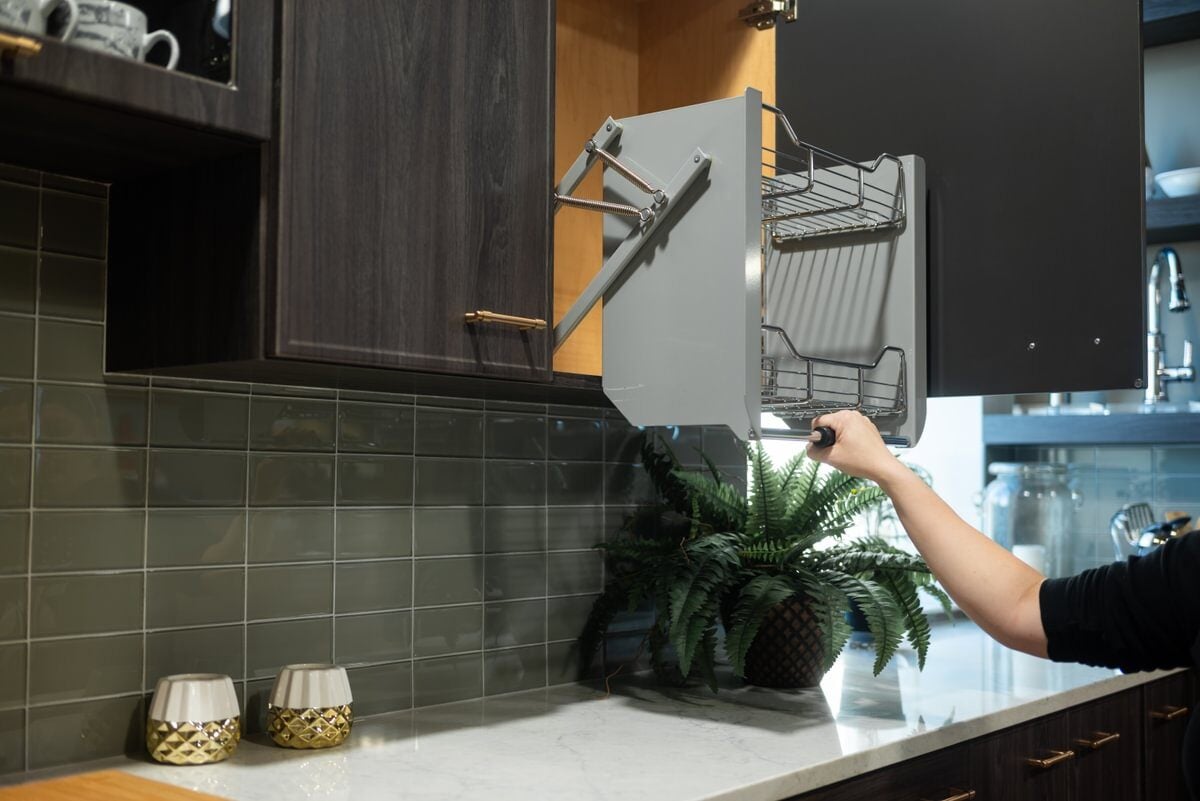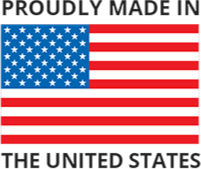
Exposed hinges have long been a go-to in traditional kitchen construction, but they come with their fair share of issues. Not only can they clash with your kitchen's overall design, but they also tend to attract dust, dirt, cooking grease, and moisture, leading to a sticky mess that's tough to clean. Plus, once the metal starts to discolor, it's often a challenge to get it back to its original shine.
Over the years, the evolution of hinge design has introduced a variety of shapes, sizes, and styles to complement different doors, materials, and aesthetic preferences. Among these innovations, the "European hinge" has risen in popularity for its sleek appearance and practicality. As seasoned contractors for kitchen remodel, we're excited to dive into the advantages these hinges bring to the table.

What are the advantages of concealed hinges?
A European hinge is a concealed hinge that you can’t see when the kitchen cabinet doors are closed. Although the hinge is made in different styles and sizes, it has two mounting plates connected via an arm. On a standard European hinge, one plate features a cup that rests inside a 35mm hole bored into the back of the cabinet door, while the other plate attaches to the interior side of the face-frame or frameless cabinet box. Installation of a single kitchen cabinet door might require two to three European hinges depending on the size and weight of the door.
Benefits beyond concealment:
1. Cost
European hinges typically use less metal than many exposed hinges, such as butterfly, strapped and HL types.
2. Cleaning
A European hinge collects less dust, dirt, grease and moisture than the knuckle/barrel of an exposed hinge.
3. Adaptability
European hinges work with inset, full overlay and partial overlay arrangements. With special mounting and cover plates, they also work with custom door materials, such as glass and metal.
4. Convenience
European hinges are do-it-yourself 3-way adjustable. When natural structural settling and wood expansion/contraction causes cabinet door misalignment, you can quickly re-align the doors with a screwdriver. Unscrewing an interior plate allows vertical adjustment. Clockwise/counterclockwise turning of the center screw allows horizontal adjustment, while turning the rear screw increases/decreases space between the door and cabinet.
Extras
Looking for experienced contractors for kitchen remodel?
Look no further! All Kitchen Magic custom cabinets feature European hinges. Whether you're undertaking a minor update or a full kitchen renovation, opting for European hinges is a decision that pays off in both the sleek appearance of your cabinets and the long-term functionality of your kitchen.
Don't hesitate to give us a call at (866) 525-0012. We're here to provide expert advice or set up a free design consultation to give you more insight.
All Kitchen Magic custom cabinets feature European hinges. You can also request them for cabinet refacing projects.








